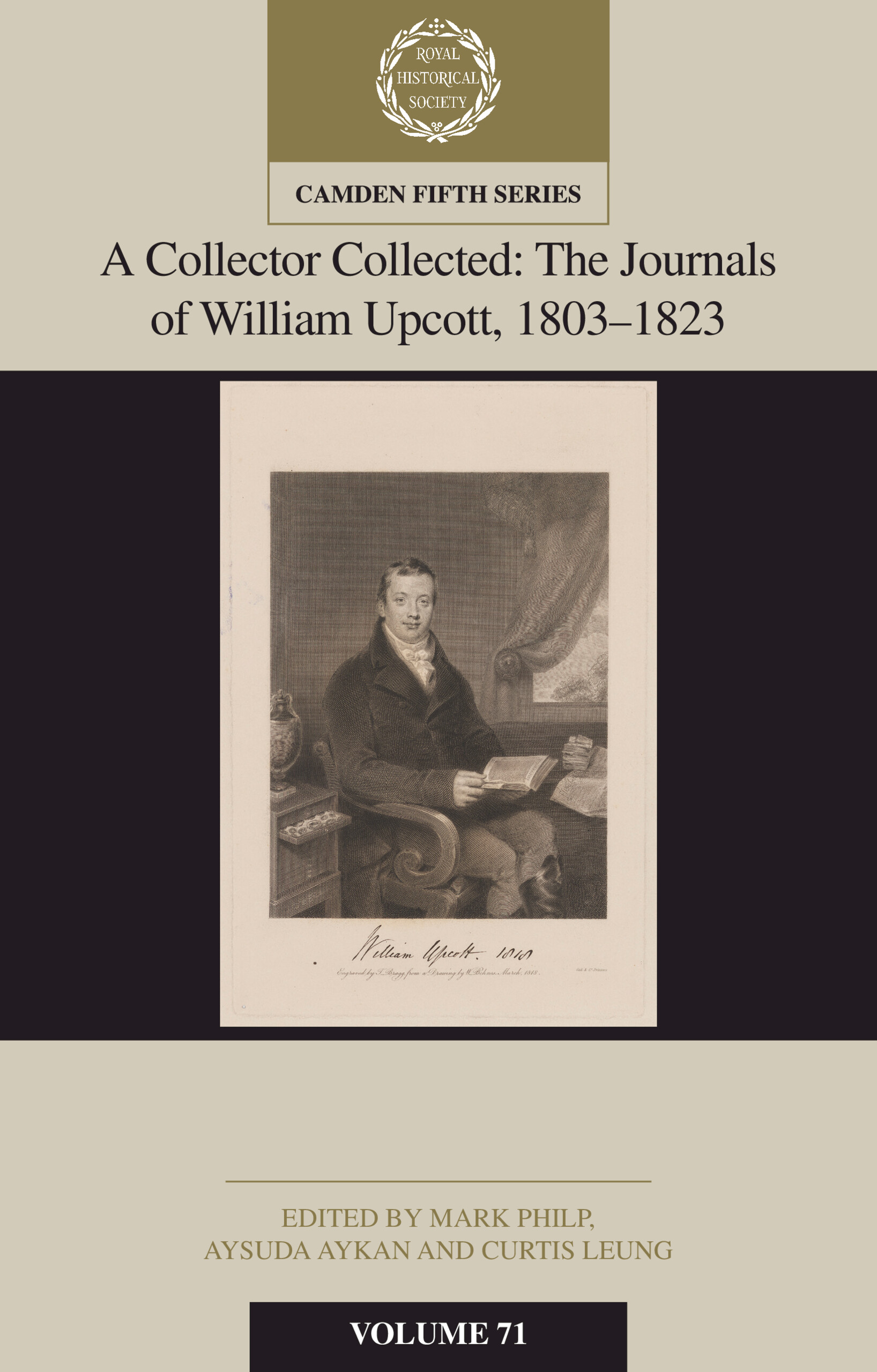No CrossRef data available.
Article contents
II: EARLY LIFE: 1906–1924
Published online by Cambridge University Press: 17 May 2019
Extract
I was born in London at Wilton Crescent on September the 28th, 1906 almost within earshot of Bow Bells, the definition of a Cockney. The following notice appeared in the press the day after my birth.
There was born yesterday an heir to the Irish House of Hare in the person of the son of Viscount and Viscountess Ennismore. Lord Ennismore, who married Lord Derwent's grand-daughter only a year or so ago, is the eldest son of the Earl of Listowel. In addition to his Irish estates, Lord Listowel is the fortunate possessor of a fine, if not large, London property. It is situated near the Albert Hall, and close to Hyde Park and Kensington Gardens. It comprises Kingston House and Ennismore Gardens. There are scores, if not hundreds of houses on the estate, and probably not one yields a ground rent of less than one hundred pounds per annum, while some of the larger mansions produce hundreds a year in ground rents. It is to this property that the Earl of Listowel's grandson, born yesterday, is the ultimate heir, as well, of course, as to the Irish estates.
- Type
- Primary source material
- Information
- Copyright
- Copyright © Royal Historical Society 2019
References
105 The bells of St Mary-le-Bow in Cheapside, City of London.
106 Francis Vanden-Bempde-Johnstone, 2nd Baron Derwent (1851–1929).
107 Sibell Vanden-Bempde-Johnstone (1881–1958), later married Ralph Glyn, 1st Baron Glyn.
108 Brigadier Walter ‘Toby’ Long (1879–1917).
109 Sir Walter Long (1854–1924), later 1st Viscount Long of Wraxall, Conservative minister and secretary of state for the Colonies, 1916–1919.
110 His name was George Harcourt Vanden-Bempde-Johnstone, 3rd Baron Derwent (1899–1949).
111 Edward Wood (1881–1959), later 1st earl of Halifax, Conservative MP (later peer) and minister, and colonial administrator; viceroy of India, 1926–1931; and foreign secretary, 1938–1940.
112 A privilege now granted to the eldest child of a peer.
113 James Agate (1877–1947), theatre critic who worked at times for the Manchester Guardian, Sunday Times and the BBC.
114 Sir Charles Desmond McCarthy (1877–1952), literary critic who worked at times for the New Statesman and the Sunday Times.
115 Allan Walton (1891–1948), designer and painter. The word ‘that’ after ‘garden’ is probably an undeleted error.
116 Edward Marsh (1872–1953), later Sir Edward Marsh, civil servant and private secretary to many senior ministers in the early 20th century, most famously Churchill.
117 Sibyl, Lady Colefax, née Halsey (1874–1950), interior decorator, and a famous society hostess.
118 Alice Keppel, née Edmonstone (1868–1947), long-time mistress of Edward VII.
119 Philip Magnus, Edward VII (London, 1964).
120 Charles Hardinge (1858–1944), later 1st Baron Hardinge of Penshurst, senior civil servant and colonial administrator, served twice as permanent under-secretary at the Foreign Office; viceroy of India, 1910–1916.
121 Margot Asquith, née Tennant, (1864–1945), later countess of Oxford and Asquith, influential and literary wife of Liberal prime minister H.H. Asquith.
122 Beatrice Wyndham, Lady Leconfield, née Rawson (1892–1956).
123 Adila Fachiri (1886–1962) and Jelly D'Aranyi (1893–1966), Hungarian-born sisters and violinists.
124 Mary Venetia James, née Cavendish-Bentinck (1861–1948).
125 Queen Mary.
126 Richard Hare (1907–1966), diplomat and later Professor of Russian Literature at the University of London.
127 Sir Douglas Shields, Australian surgeon, who saved my life by appendicitis operation. [Served as a surgeon-in-chief to the Australian Voluntary Hospital and had a private practice in London].
128 Mr Craig the French Master.
129 C.H.K. Marten (1872–1948), later Sir Henry Marten, history master and later provost of Eton; tutored Princess Elizabeth in constitutional history.
130 House prefect.
131 David Hume (1711–1776), 18th-century Scottish enlightenment philosopher.
132 Herbrand Sackville, 9th Earl De La Warr (1900–1976), peer who held office under Labour, Coalition and Conservative administrations; president of the board of education, 1938–1940.
133 Margaret Bondfield (1873–1953), Labour MP who served as minister of labour, 1929–1931.
134 Quintin Hogg (1907–2001), later 2nd Viscount Hailsham and Lord Hailsham of St Marylebone, Conservative politician; served as lord chancellor, 1970–1974 and 1979–1987.
135 Hester Alington, née Lyttelton, m. Cyril Alington, headmaster of Eton, 1916–1933.
136 Benjamin Disraeli (1804–1881), later earl of Beaconsfield, Conservative prime minister, 1868, 1874–1880; in his novel Sybil, or the Two Nations (1845) referred to ‘Two nations; between whom there is no intercourse and no sympathy; who are as ignorant of each other's habits, thoughts, and feelings, as if they were dwellers in different zones, or inhabitants of different planets; who are formed by a different breeding, are fed by a different food, are ordered by different manners, and are not governed by the same laws.’


